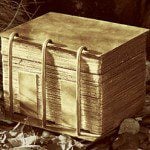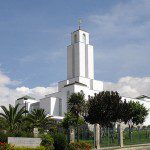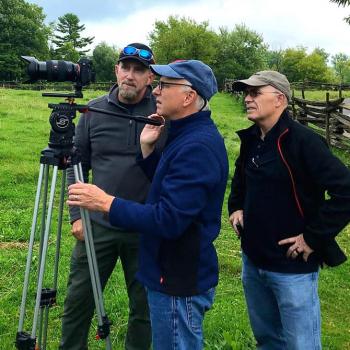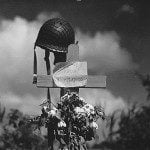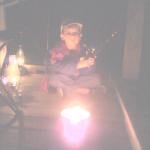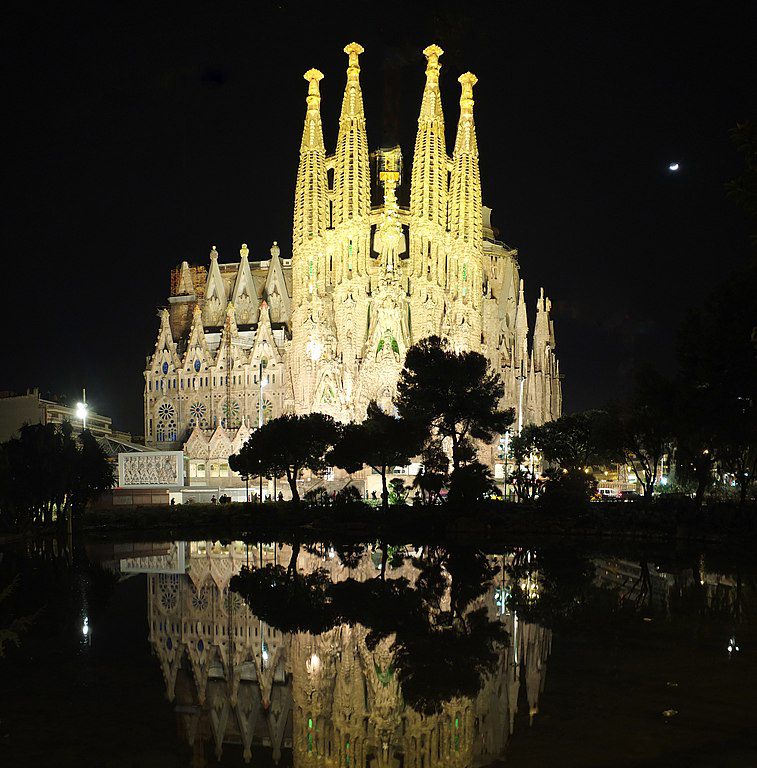
(Wikimedia Commons public domain photograph)
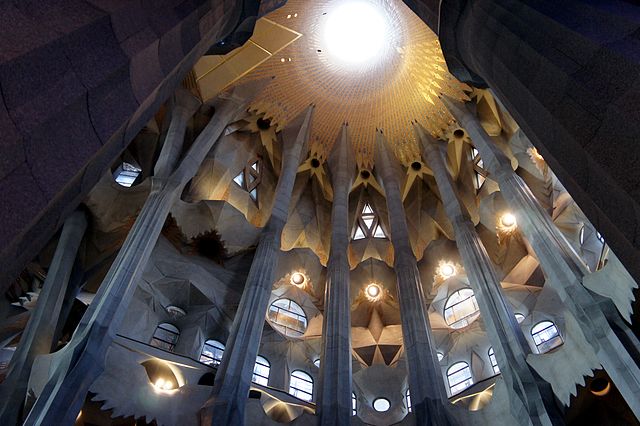
(Photo by Poniol60, Wikimedia Commons public domain image)
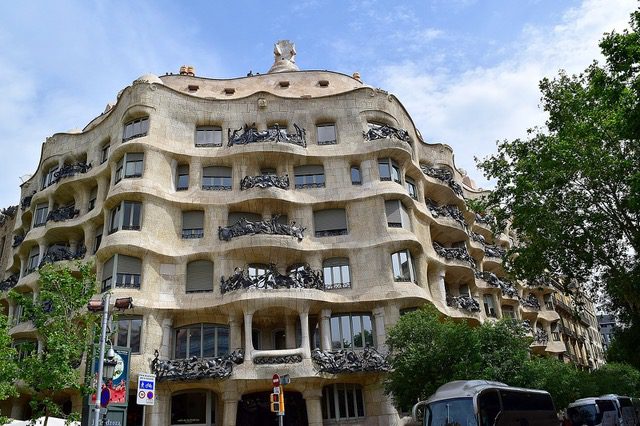
(Wikimedia Commons public domain photo)
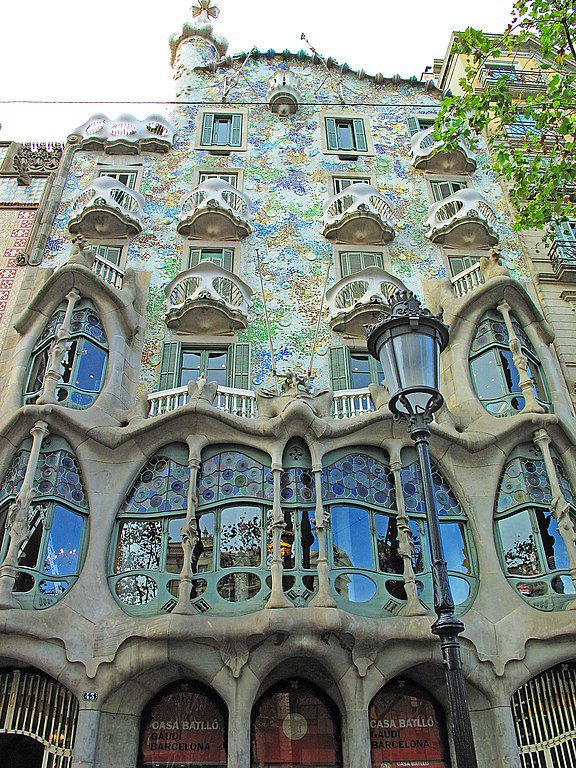
(Wikimedia Commons public domain image)
***
We’re hoping that this new two-part documentary will be viewed by large numbers of people and that it will receive the widest possible distribution:
The Interpreter Foundation: “DVD Now Available of Undaunted: Witnesses of the Book of Mormon”
Called to Share: “New Docudrama, Undaunted, Shares Story of Witnesses of the Book of Mormon”
LDS Daily: “The Story of the Witnesses of the Book of Mormon Told in Unprecedented New Docudrama”
***
With his generous permission, I share this from a note that Royal Skousen sent to me earlier today:
I have posted on the Interpreter Foundation blog my 91-page write-up entitled “The Witnesses of the Book of Mormon”. This is going to appear as a chapter in part 7 of volume 3 of the critical text.
What is important here is that the statements of the witnesses of the translation process are tested against the original manuscript (O). In this write-up, I consider the following claims by these witnesses and their validation (or at least consistency) [with] how O reads. Here’s what I consider on pages 25-37:
- What did Joseph Smith see using the instrument? From David Whitmer and Joseph Knight, Senior, on parchment, a line of characters [not just one character] from the plates, and underneath it the translation into English; these are hearsay statements that Joseph is supposed to have told them, but they work as possible translations (but not Whitmer’s last statements that there was only a single character from the plates on the first line: his witness here shows faulty memory).
- How many words were viewed by Joseph Smith? From anticipation errors by two scribes, showing Joseph Smith reading off too much of a sense-line at one time: Christian Whitmer (17 and 18 words), Oliver Cowdery (19, 20, 20, and 21 words); from anticipation errors by JS himself (19 and 21 words). This result means that JS was viewing AT LEAST 20 words or so, but likely more. We also have the evidence in Alma 45:22 where JS took over for OC when OC started to tire excessively (he was falling asleep a couple verses earlier: the only place where O shows this, by the way, having OC write garbage). So JS takes over and writes down 28 words, what was remaining in his viewing. So this gives me an estimate of 25 to 35 words being viewed at a time.
- There was no prompting to remind Joseph Smith where he had left off: Emma Smith statements claim this; the manuscript shows no long dittographies, which we would expect if JS is trying to remember where he had quit. There are 14 clear cases of dittography and they are ALL short: 1 to 4 words! Many occur at the end of scribal lines. No full sentence or even a clause, which we might expect, if JS had to recall what he had last translated. We get whole clause and partial sentence dittographies in the printer’s manuscript because there O is visually copied from P, and the eye can skip backwards and repeat text.
- The scribe read back the text to Joseph Smith: 3 statements by David Whitmer, supported by 15 cases of textual correction in O that (a) make no difference (either reading works); and (b) the change was not immediate (the ink flow is either heavier or lighter). I list them all on pages 32-36.
- Errors show that the scribe was listening to dictation, then reading it back to JS, so we get mishearing errors (numerous ones listed on page 36). Everything is aurally transmitted.
This last item shows that the witnesses were WRONG when they claimed the scribe could not ultimately end up with any kind of error, in word or phrase. The last item shows that neither JS nor the instrument had “iron-clad” control over the text. The write-up now lists on pages 39-48 all the substantive errors in O, yet JS and his scribe went on!
I also consider the evidence for the spelling out of the strange Book of Mormon names (but NOT the common biblical names): pages 48-67. Note especially Zenoch and Coriantumr. There is clear evidence for this in O.
Finally, Emma said that in the beginning (when she scribed for JS as he dictated the 116 pages in early 1828) that JS spelled out long words of English he didn’t know how to pronounce. Only one possible case later in O, genealogy to Christian Whitmer (in June 1829). Otherwise, the scribe is spelling long words of English as he thinks they should be spelled (pages 68-84).
And finally, did OC’s spelling improve while he was scribe for the original manuscript? Maybe for only a couple words near the end of the dictation, when the small plates were being dictated at the Whitmers’ in June 1929. angar > anger and hoast > host are the only two examples. In the printer’s manuscript, OC is constantly learning how to spell words, based on his proofing of P against the 1830 typesetting. All of this is more fully described in part 6 of volume 3.
In all, this kind of evidence demonstrates why this article is so important. It looks for independent evidence of what the witnesses claimed. This is not just any old article on the witnesses, just listing their claims. It’s testing their claims against O itself. A long time ago I did a preliminary article on this subject for a book of Noel [Reynolds]’s. Now I’ve expanded that research to be fully inclusive.
A good classical example of this approach is Lorenzo Valla and the Donation of Constantine, with Valla showing linguistically that the Donation was a forgery dating from around 800 instead of in the 300s. I had to do the same with the University of Chicago acquisition of Alma 3-5, supposed from O, but found in 1982! Examination of a document’s internal details reveals much.
***
We’re traveling here with friends and, together with them, we spent most of today between an extended double-decker bus tour of Barcelona, walking along La Rambla — of which the poet Federico García Lorca is said to have remarked that it was “the only street in the world which I wish would never end” — and in the adjacent food market, and enjoying tapas at the Cervecería Catalana at 236 Carrer de Mallorca, which our friends discovered during a previous visit here. (It’s also spelled Cervesería Catalana; both spellings can be found online and, to my considerable puzzlement, at the restaurant itself. Perhaps it’s a Spanish-versus-Catalan thing?) This is at least our third time in Barcelona, and I’m becoming really fond of the place. The scenery up on Montjuïc, the gorgeous tree-lined boulevards down below, the striking but still unfinished Sagrada Familia and the other striking examples of Antoni Gaudi’s architecture (and other art nouveau monuments) that dot the city (I’m an enthusiast for art nouveau; we have a Gustav Klimt museum print in our bedroom that we bought years ago in Vienna) — altogether, they make Barcelona a very, very pleasant and interesting place.
That is, if you’ll indulge me the theft of a phrase from George Orwell, a little “homage to Catalonia.”
On the Mediterranean, heading from Barcelona, Spain, to Cadiz, Spain



